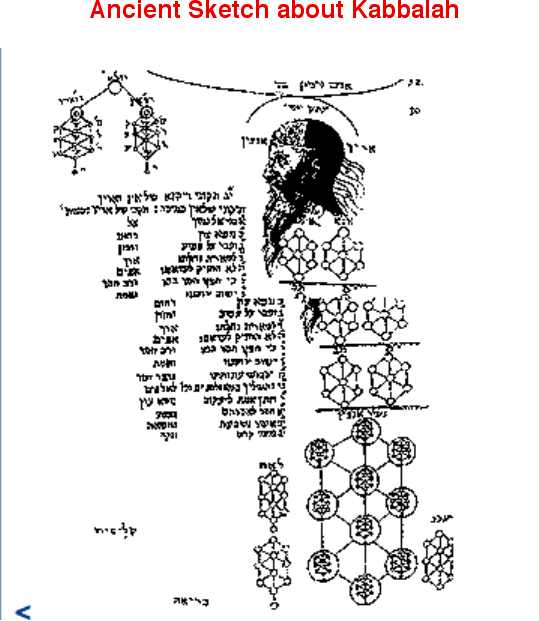C
cupid dave
Guest
- Thread starter
- #21
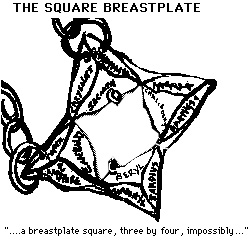
Last edited by a moderator:
Follow along with the video below to see how to install our site as a web app on your home screen.
Note: This feature may not be available in some browsers.





Join Hidden in Him and For His Glory for discussions on how
https://christianforums.net/threads/become-a-vessel-of-honor-part-2.112306/

Cupid Dave said:Assuming that the hint of this being "curious" gives permission to try arrangements that would be square some ides occurred to me.
The theory I came up with was that these stones were "cunningly" set in four rows of three stones grouped together this way:
Cupid,
I can see the pictures without them being whited out. Oh, and the mod's don't have the power to "white out" your pictures. The site has automatic filters that do that.
That's a very interesting drawing. I wish I could read it a bit better. I'm assuming the words are the 12 tribes? Also, what idea gave you the placement?
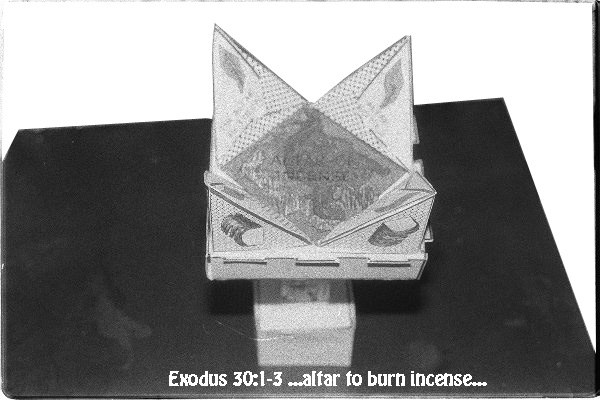
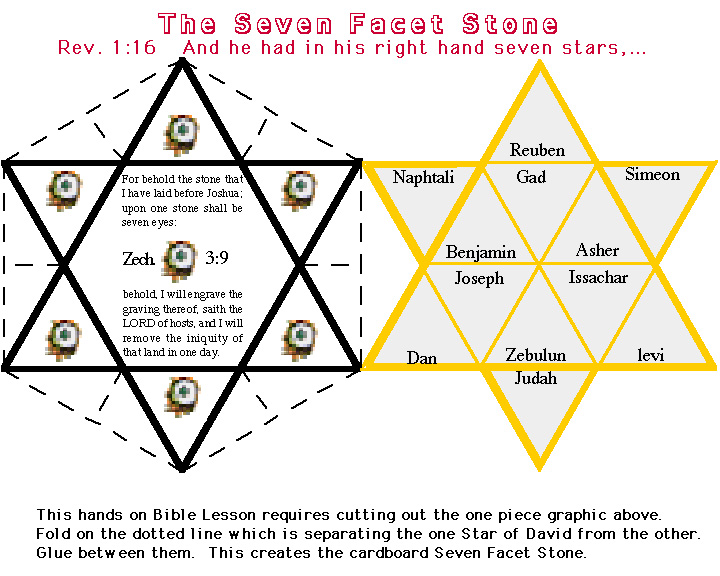
Beautiful geometry.
Using the twelve "stones" of 12 triangular space where they would be set doesn't quite work in regard to being "foursquared," or "at the corners, at all fours," but still, the attempt to align the breastplate with a squared design is interesting, indeed.
When it comes to using the triangle as a means of grometrically spacing the twelve circles you show here, that idea seems to fit better with a representation of the geometry INSIDE the cube, where there are seven Faces on those triangular areas.
This geometry seems a useful hypothesis to explain what Zechariah was saying about the "capstone" in the hand of Joshua:
The "stone the builders forgot?"

(Down load this diagram, photocopy on card stock, cut out and fold so the twelve tribes form the bottom of this model and you too, will have the capstone in your hands!)
10 “Who dares despise the day of small things, since the seven eyes of the Lord that range throughout the earth will rejoice when they see the chosen capstone[a] in the hand of Zerubbabel?”
Foursquared actually comes from a root that means "at the corners," or "at all fours," according to Strong's Concordance.
.
Which does not say anything about "at the corners."
Now, the related Strong's reference h7250:
1) to lie stretched out, lie down
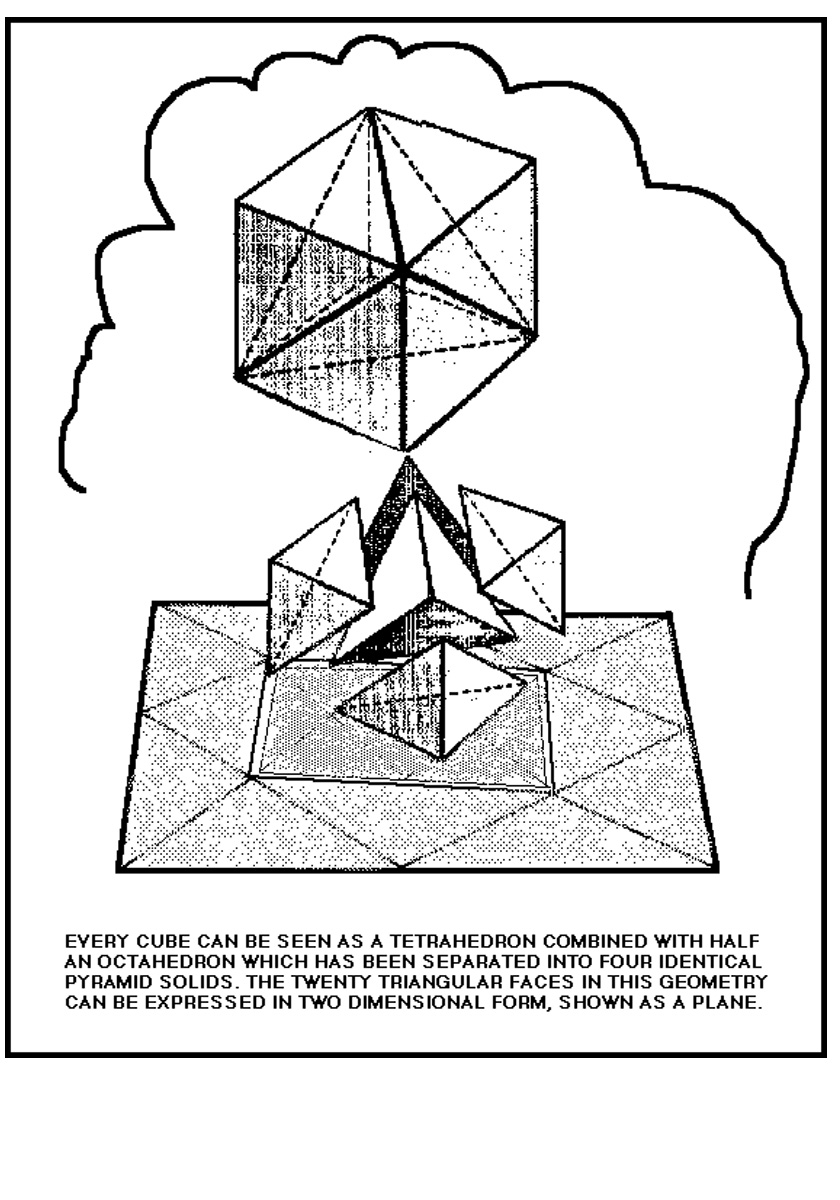
Among all 14 stones and the devine name of Lord all Hebrew characters were represented.

BTW, there are a number of ways that you can lay 12 stones, including 3x4 that will fit inside of a square, providing that there is no requirement (which there is none given in the scripture) that the stones be equidistant.
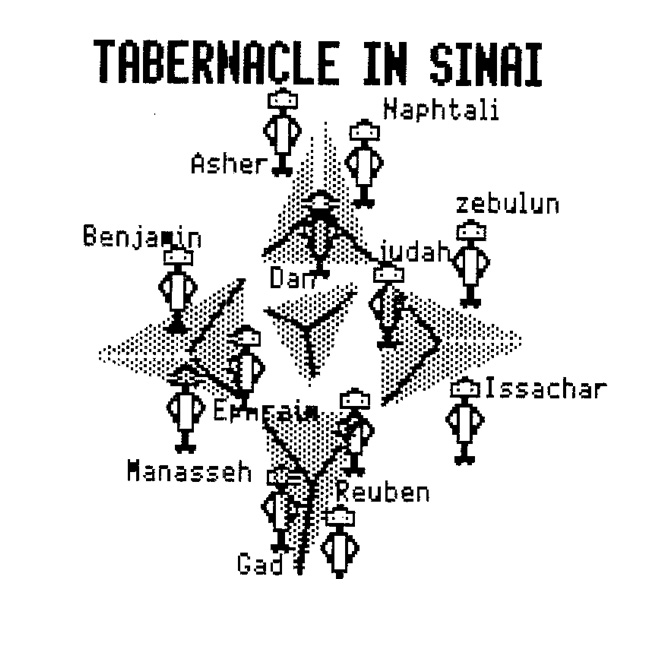
Cupid,
2 things.
1. How would a rigid cube be formed with the materials that God commanded the breastplate to be made with?
2. How come I don't find anything about the breastplate that your describing from any Jewish sites?
1) The five pieces would have been made like jewelry, using gold and/or silver/brass, copper...
4 And Moses spake unto all the congregation of the children of Israel, saying, This is the thing which the Lord commanded, saying,
5 Take ye from among you an offering unto the Lord: whosoever is of a willing heart, let him bring it, an offering of the Lord; gold, and silver, and brass,
There is no reason to assume these shapes. They are not suggested either implicitly or expllicitly.
If you had discovered some pattern that allowed you to "divine" the facts of life, you would have already been given the knowledge that your emphasis on the word "cunningly" puts a false context there and you would refrain from making such expressions, especially since the word is not "cunningly", but is "cunning" which is a different intent entirely.
Among the spiritual gifts is discernment. It is a spiritual gift, and there need be no physical manifestation in order to receive or understand this gift. The possession of discernment is what allows people like me to see that you are turning objects into idols and have gained no insight by doing so.
I suggest you stop wasting your time on things placed in the box of numerology, astrology, vain repetitions, ect. and turn your attention back to God.
